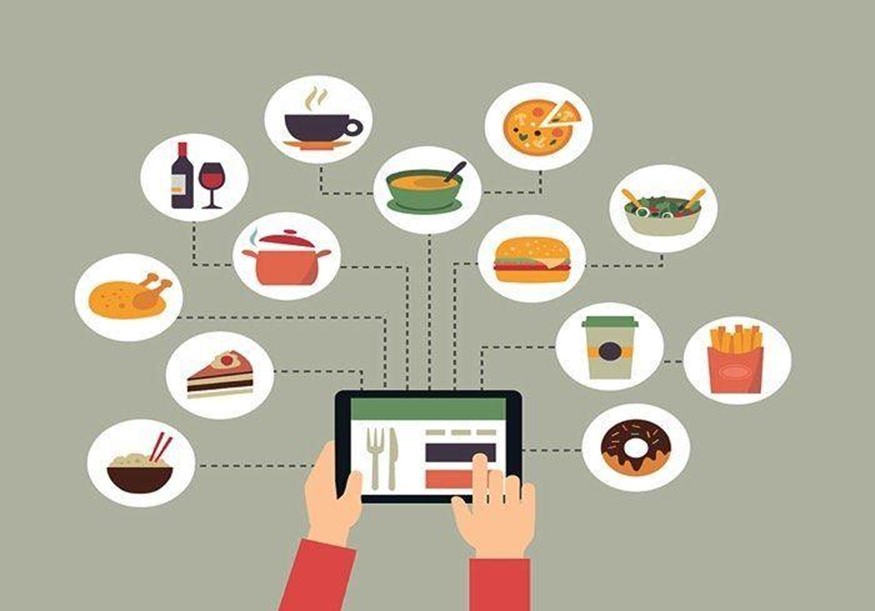
It’s never been easier for food companies to reach their customers. Restaurant delivery has grown 20% in the last five years; while estimates differ, online food delivery sales are estimated to grow as high as $220 billion by 2023 – 40% of total restaurant sales. As for 0nline grocery, Deutsche Bank estimates that the $24 billion online grocery market will surge to 120$ billion by 2025.
This hypergrowth may have been accelerated by the global impact of the Covid-19 pandemic, but what enabled its success is the (relatively) recent proliferation of delivery models and fleet types: same hour, same day and next day delivery; single fleet, multi-fleet, crowdsourced fleets and in-house fleets; deliver from store, curbside pickup, delivery from robotic warehouses, and so many others.
With all this opportunity comes no small amount of competition, and restaurants, grocers and other food providers must stay abreast of where the market is going. Top food delivery trends to expect in 2020:
- Increased third party delivery
- In-house restaurant delivery fleets
- Prioritizing delivery data tracking
- Tech giants moving in on food delivery
- Rapid online grocery growth
- A rise in food delivery subscriptions
Restaurant chains are increasingly partnering with multiple third party fleets in order to expand their delivery footprint across all their stores and at all times of day. Some companies are taking a completely different approach to the one described above by doing something fairly radical: building in-house delivery fleets. In the U.S. grocery market, Instacart still has a fairly strong hold on delivery services. Expect to see more grocers move to using multiple DaaS fleets, and managing their delivery operations in-houses with the use of food delivery management software.
McDonalds spent $300 million to acquire a big data startup (Dynamic Yield). Amazon made waves when it acquired Whole Foods in an attempt to take on the grocery market. Uber Eats came in with a platform for grocery and restaurant delivery. Google began to enable food ordering and delivery directly from Search and Maps. For grocers looking to scale up their delivery operations, the biggest challenge will be overcoming the strongest players in online grocery. Most businesses in this traditional market have zero delivery automation, and often rely on a single delivery provider to reach their customers. The benefits stretch across everything from relations with external fleets and aggregators, to providing flawless deliveries.
Millennials are the largest age demographic in the U.S. and are driving massive changes in the food delivery industry. With online orders growing at a faster pace than ever, food operators have an unprecedented opportunity to increase profit margins and customer reach. The challenge will be to balance the customer demand for fast, convenient and transparent delivery with the logistical complexity and expenses required to meet these demands. The trend of delivery subscriptions has found a perfect match in both specialized online food delivery and the millennial generation. It will be interesting to see which grocers emerge as strong players in the delivery market this year.
Auto308
https://www.bringg.com/blog/food-delivery/food-delivery-industry-trends-for-2020/
https://www.restaurantdive.com/news/why-the-delivery-market-will-look-different-in-5-years/546936/